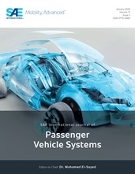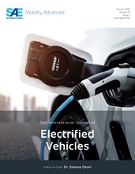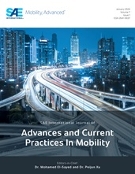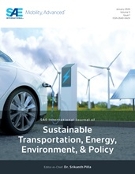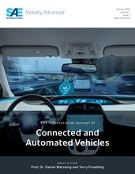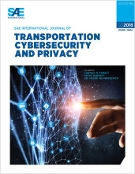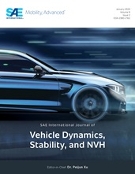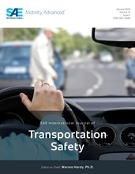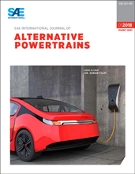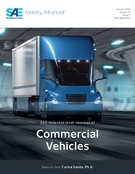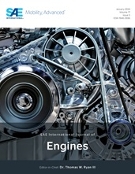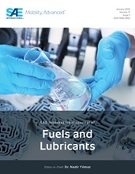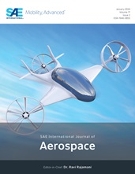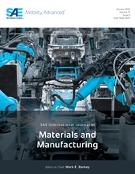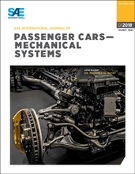Your Destination for Mobility Engineering Resources
Announcements for SAE Mobilus
Browse AllRecently Published
Browse AllTo address the high security demands of HSR communication, this letter proposes a covert communication scheme using irregular intelligent transparent surfaces (ITSs) deployed on train windows. A joint optimization framework is developed to enhance covert rate under element constraints, involving ATS for topology design and NECE for beamforming and phase shift. Gradient descent is used to handle covert constraints. Simulations confirm that the proposed irregular ITS outperforms regular ITS in performance and robustness, offering a promising solution for future HSR covert communication.
TOC
Semi-trailer trains are the main force of highway freight. In a complex environment with multiple vehicles, accidents are easily caused by complex structures and driver operation problems. Intelligent technology is urgently needed to improve safety. In view of the shortcomings of existing research on its dedicated models and algorithms, this paper studies the intelligent decision-making and trajectory planning of semi-trailer trains under multiple vehicles. A local trajectory planning method based on global path planning and Frenet coordinate decoupling based on the improved A* algorithm is proposed. The smooth weight transition function and B-spline curve are introduced to optimize the global path. The polynomial function is combined with the acceleration rate to optimize the local trajectory. TruckSim, Prescan and Simulink are used to build a joint simulation platform for multi-condition verification. The simulation results show that the search efficiency of the improved A* algorithm
We present a novel processing approach to extract a ship traffic flow framework in order to cope with problems such as large volume, high noise levels and complexity spatio-temporal nature of AIS data. We preprocess AIS data using covariance matrix-based abnormal data filtering, develop improved Douglas-Peucker (DP) algorithm for multi-granularity trajectory compression, identify navigation hotspots and intersections using density-based spatial clustering and visualize chart overlays using Mercator projection. In experiments with AIS data from the Laotieshan waters in the Bohai Bay, we achieve compression rate up to 97% while maintaining a key trajectory feature retention error less than 0.15 nautical miles. We identify critical areas such as waterway intersections and generate traffic flow heatmap for maritime management, route planning, etc.
In order to meet the demand for the transformation of traditional manufacturing industries into intelligent manufacturing, a virtual monitoring system for the production workshops of nuclear - key products has been built. There are problems such as poor environment, long distance and remote collaborative office in this production workshop, and managers lack information tools to master the workshop status in real time. In order to minimize the harm of nuclear radiation to the human body, in view of the problems of low transparency, poor real - time performance and low data integration in traditional two - dimensional forms, configuration software and video monitoring, a remote monitoring system for virtual workshops driven by digital models has been developed. This system realizes the remote dynamic display of real - time information in the workshop based on data collection and three - dimensional modeling technologies. Virtual monitoring technology improves the management efficiency of
In contemporary society, where Global Navigation Satellite Systems (GNSS) are utilised extensively, their inherent fragility gives rise to potential hazards with respect to the safety of ship navigation. In order to address this issue, the present study focuses on an ASM signal delay measurement system based on software defined radio peripherals. The system comprises two distinct components: a transmitting end and a receiving end. At the transmitting end, a signal generator, a first time-frequency synchronisation device, and a VHF transmitting antenna are employed to transmit ASM signals comprising dual Barker 13 code training sequences. At the receiving end, signals are received via software-defined radio equipment, a second time-frequency synchronisation device, a computing host, and a VHF receiving antenna. Utilising sliding correlation algorithms enables accurate time delay estimation. The present study leverages the high performance and low cost advantages of the universal
